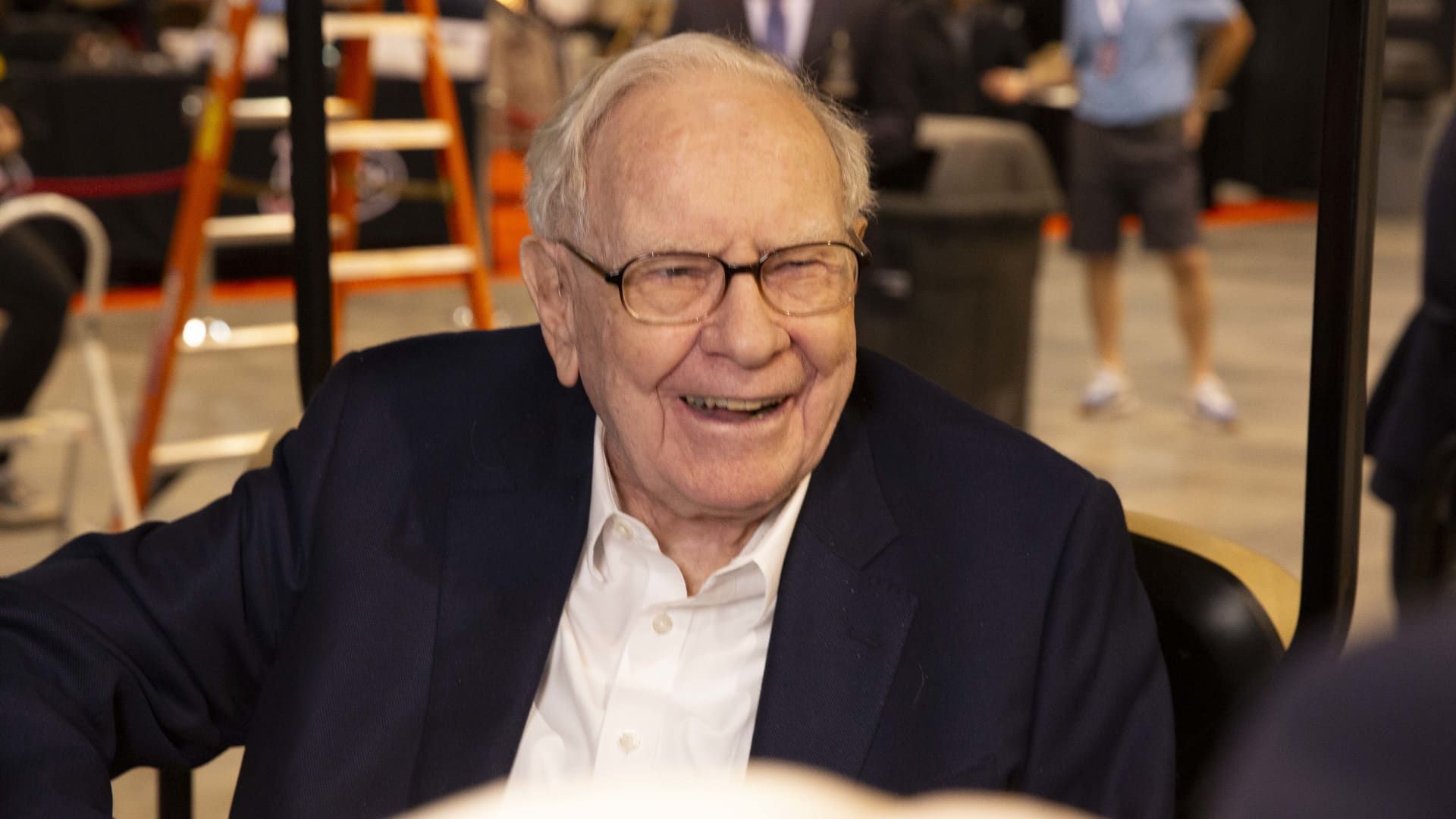Warren Buffett’s best return — on a percentage basis — was scored when he was starting out with little money seven decades ago. The Oracle of Omaha once vowed that he could easily produce a 50% annual return if he was only managing $1 million. “If I was running $1 million today, or $10 million for that matter, I’d be fully invested. Anyone who says that size does not hurt investment performance is selling” something, he said in 1999. “The highest rates of return I’ve ever achieved were in the 1950s. I killed the Dow. You ought to see the numbers. But I was investing peanuts then. It’s a huge structural advantage not to have a lot of money. I think I could make you 50% a year on $1 million. No, I know I could. I guarantee that.” As Berkshire Hathaway ‘s equity portfolio ballooned in size, now topping $300 billion in market value, it became harder for even the savviest investor of all time, whose universe of available securities turned increasingly unattractive. Buffett, who started out buying what he called cigar butts , beaten-down companies with a little bit of life left in them, now often has to make an elephant-sized purchase in order to move the needle in his portfolio. Still, at Berkshire’s annual meeting earlier this month, the 93-year-old detailed how he would achieve those same eye-popping numbers from early in his career, if an average investor wanted to repeat his success today. Buffett recalled poring over Moody’s Manual several times when he was young, to learn about the railroad industry inside and out, looking for buying opportunities. “The answer would be, in my particular case, it would be going through the 2,000 pages,” Buffett said a few weeks ago at the shareholder meeting. “I went through the Moody’s Transportation Manual a couple of times, … probably 1,500 pages. And I found all kinds of interesting things when I was 20 or 21…. there were hundreds and hundreds of railroad companies. And I liked to read about every one of them.” ‘Be in love with the subject’ Buffett, who at Columbia University studied under Benjamin Graham , the fabled father of value investing, would then identify “unusual” things to buy that could lead to outsized returns. “They had a bond that was actually the common stock, and they had a common stock that was actually a bond,” Buffett said this month. “If you collected a whole bunch of those, which I set out to do, and actually that’s what impressed Charlie when I first met him, because I knew all the details of all these little companies on the West Coast that he thought I would never have heard of,” he said referring to his late business partner Charlie Munger. At an early age, Buffett developed an extraordinary knack for picking cheap stocks, oftentimes troubled companies at deep discounts. Those are the ones he once were like picking up a discarded cigar butt that had one puff remaining in it. Later in his career, under the influence of Munger, Buffett transitioned into buying quality companies boasting a competitive edge at fair prices, ultimately giving rise to an empire consisting of first-class businesses such as Geico insurance, BNSF Railway, Dairy Queen and energy and manufacturing companies. The legendary investor’s advice boils down to finding a subject one is genuinely passionate learning about and becoming an expert in that subject. Today, “I would try and know everything about everything small, and I would find something and with $1 million you could earn 50% a year, but you have to be in love with the subject. You can’t just be in love with the money, you’ve really got to just find it,” he said.
This website uses cookies so that we can provide you with the best user experience possible. Cookie information is stored in your browser and performs functions such as recognising you when you return to our website and helping our team to understand which sections of the website you find most interesting and useful.





















Discussion about this post